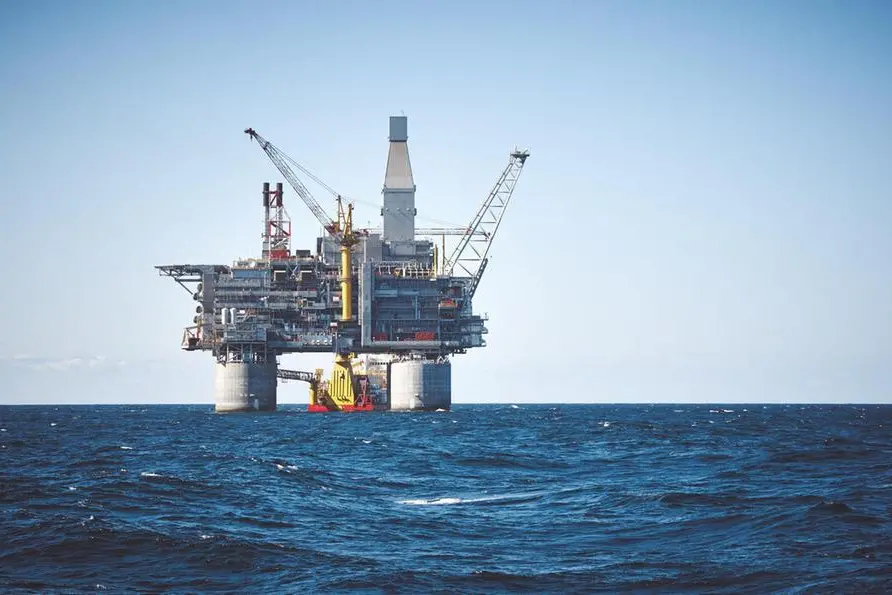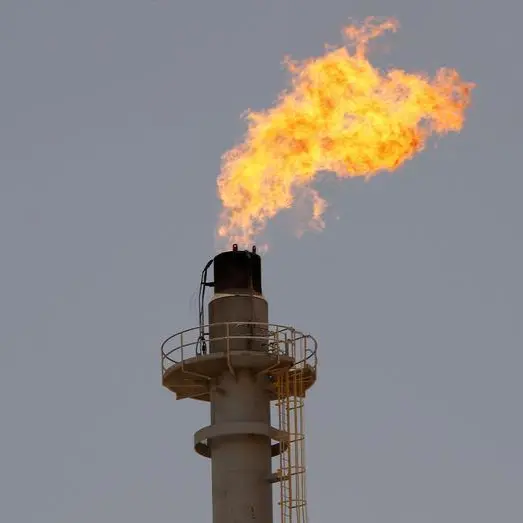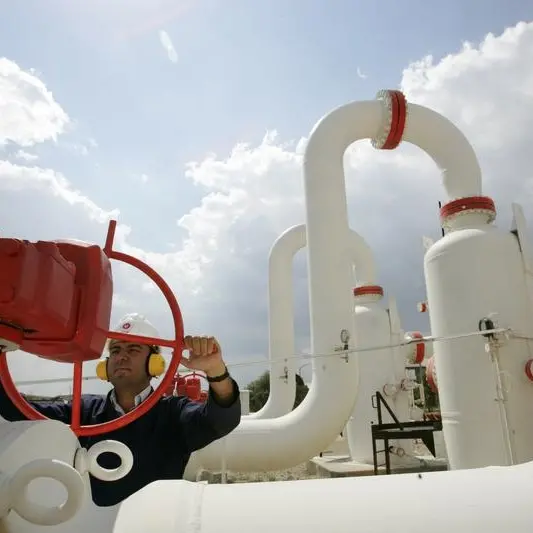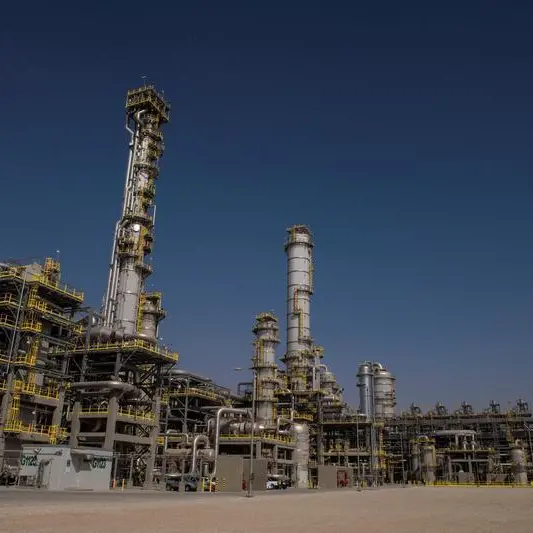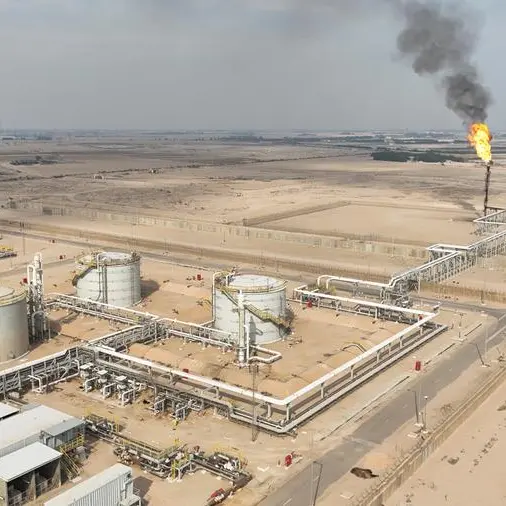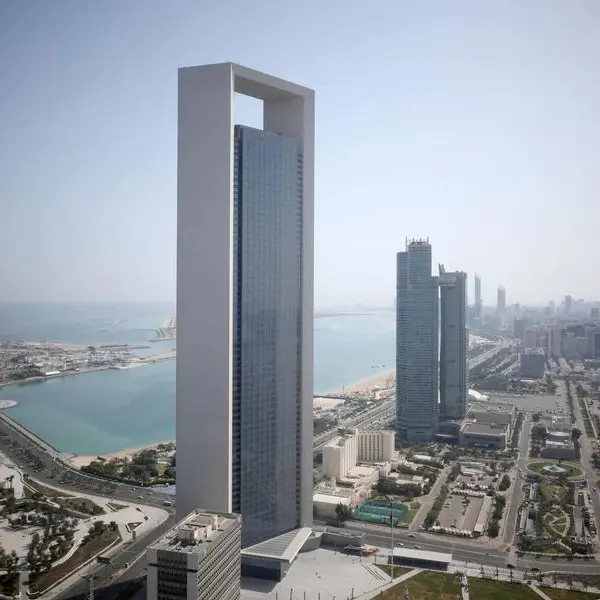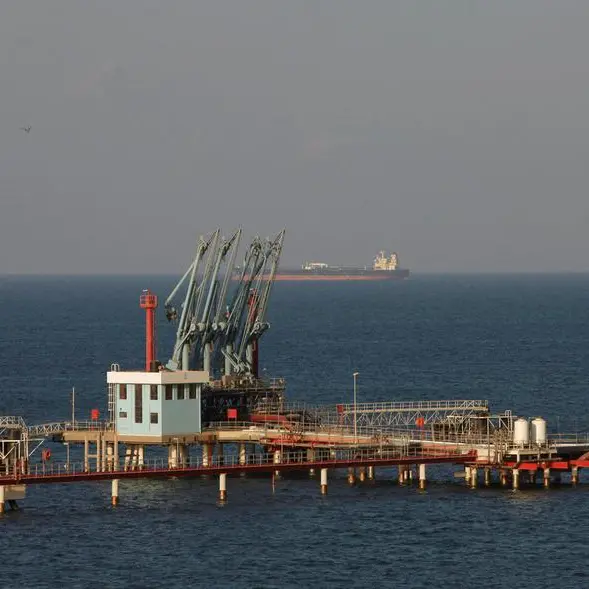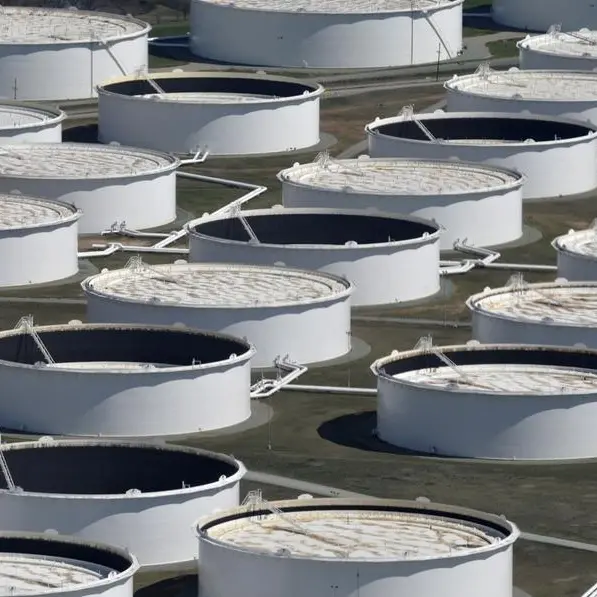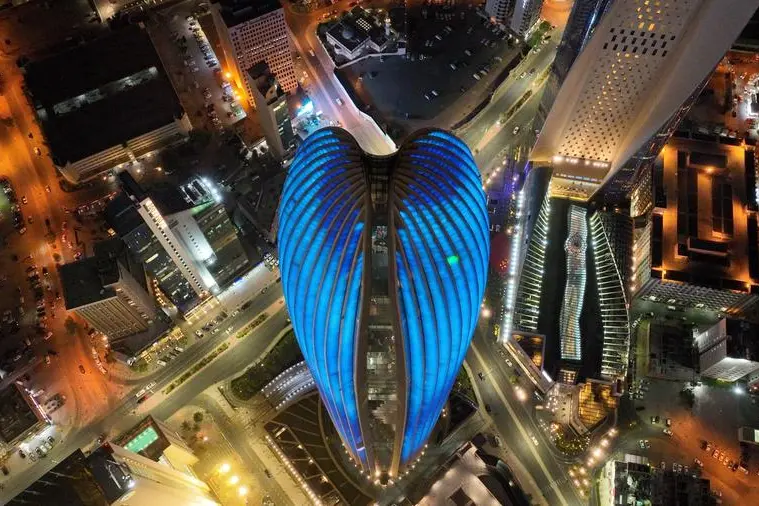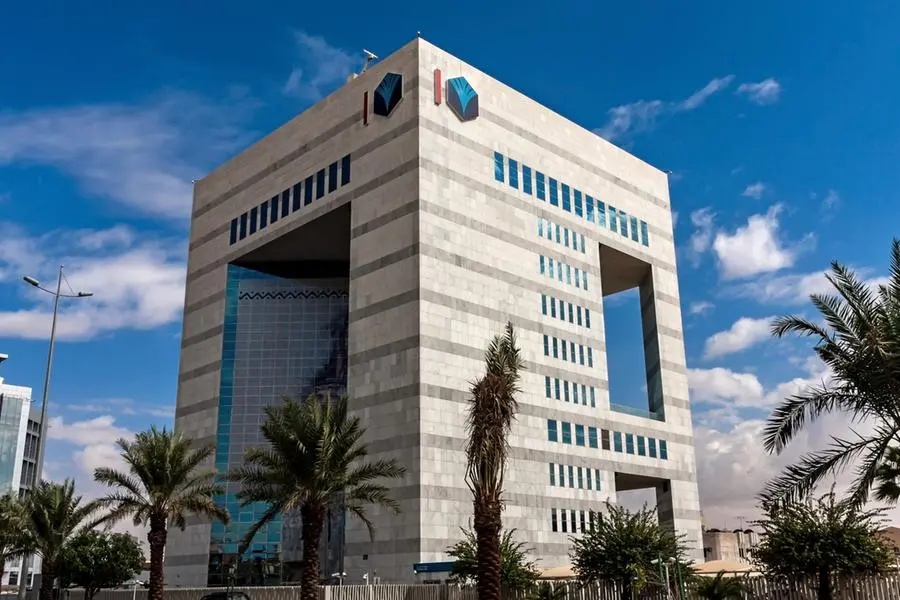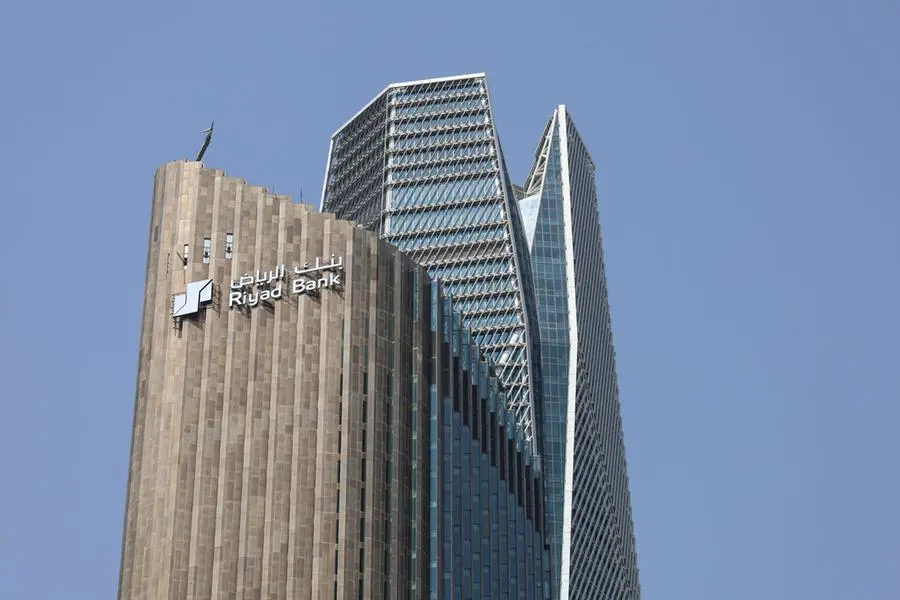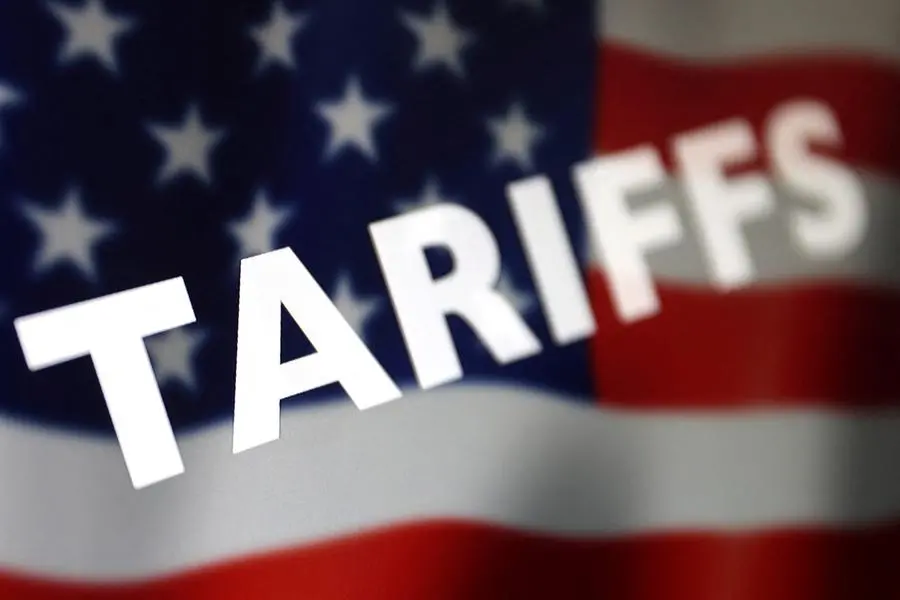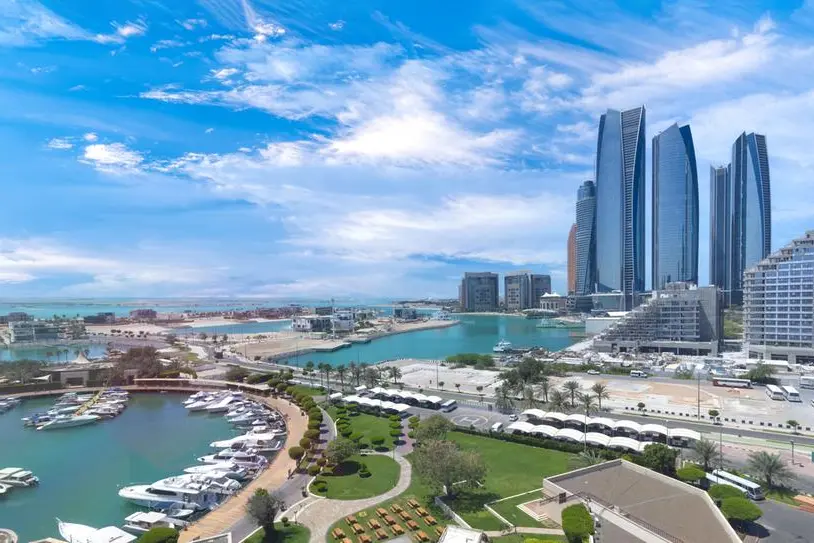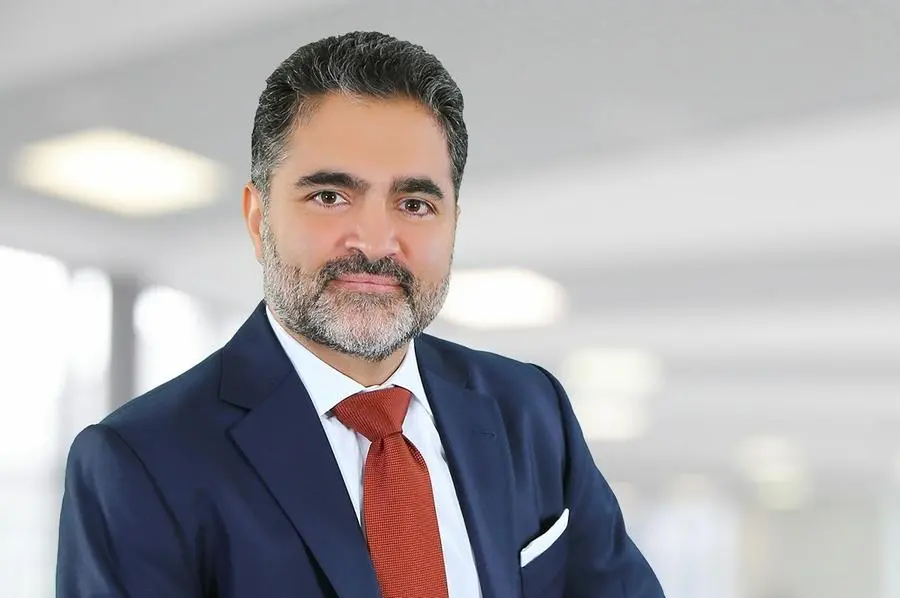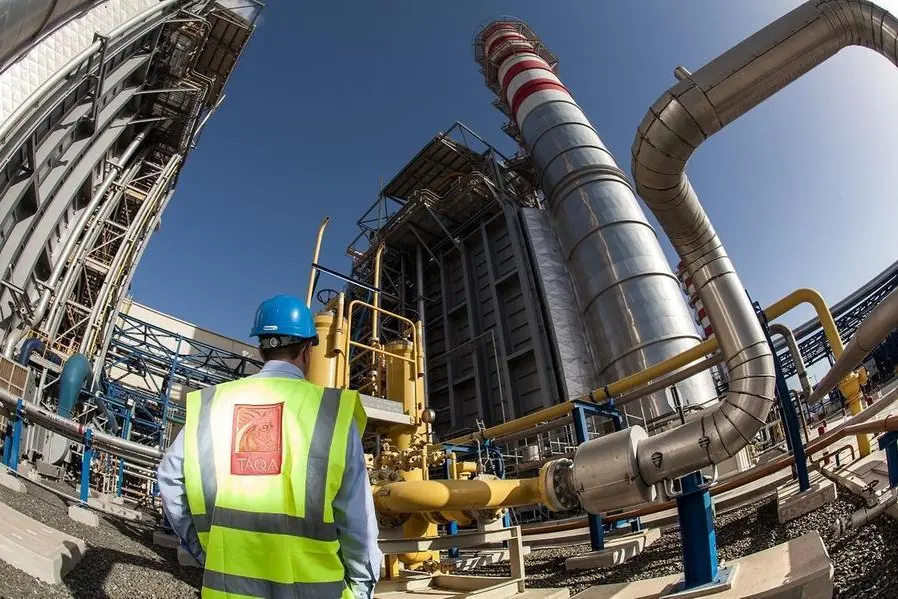PHOTO
Photo used for illustrative purpose only. Oil rig and support vessel on offshore area.
Clean energy needs time to mature before it can stand shoulder-to-shoulder with fossil fuels and both need to grow simultaneously to achieve energy security in these turbulent times, the chief executive of Sharjah National Oil Corporation said.
“The more we work together across all energy markets to bolster security, the sooner we improve our environmental journey and achieve commercial growth. Keeping our sights on the long game is the best gameplan,” said Hatem Al-Mosa.
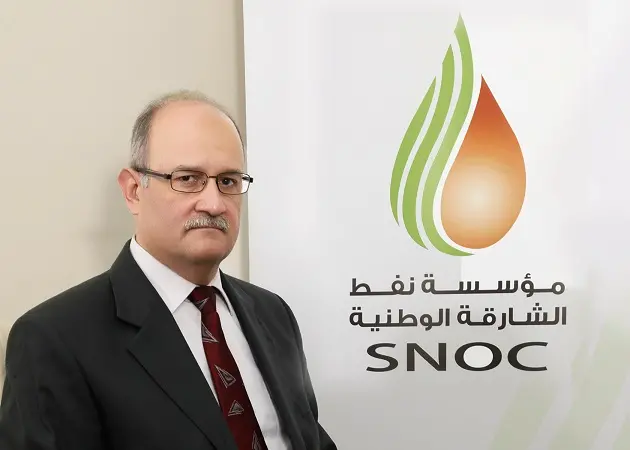

He noted that talk of oil potentially reaching $300/bl and heightened power outages in news headlines reflects how geopolitics are rapidly reshaping energy security.
Al-Mosa continued: “Energy stakeholders’ are intensifying their juggling act in the Middle East and beyond. At the same time, the pressure to build a far more diverse and green energy basket is ramping up with just three months until COP27, the world’s biggest annual climate gathering. We cannot afford to be bad managers.”
More headwinds ahead
If Russia decides to completely stop energy flows to Europe as part of its strategy against Ukraine, there will be severe consequences for the rest of the world, he said.
“For one, it would mean Europe, home to 800 million people, would not be able to put enough gas in their storage for the upcoming winter. We are already seeing the economies of several countries elsewhere – Sri Lanka, Bangladesh, Pakistan, and many African countries struggling due to these extraordinarily high energy prices. Europe has made it very clear that it does not want to depend on Russian energy supplies in the future. This heralds a major change in strategy as 45 percent of Europe’s gas came from Russia in 2021”.
The geopolitical unrest is triggering inflation, for example for food, and the UAE imports 90 percent of its food, he said.
“As this transition to independence continues, I would expect the situation to become more difficult before it improves. These major developments to our north inevitably impact our energy partnerships, prices, and security. We must be as alert and proactive as possible”, he said.
Supply-demand crunch
Al-Mosa said oil and gas companies across the globe are at their maximum rate of production with only the UAE and Saudi Arabia having spare capacity “but that does not mean we can keep pushing them to use 100 percent of their supply.”
“We need a cushion of supply to help safeguard energy stability, especially as the next nine months are going to be tough no matter what.”
“We will see this continue until supply starts exceeding demand, which I think could happen by the end of the second quarter of 2023 as the huge amount of investment in the oil and gas market filters through.”
Rystad Energy said recently that global oil and gas investments have been steadily rising since 2020 and will hit $628 billion this year, led by upstream gas and liquified natural gas (LNG).
“This year’s investment growth is very much pre-programmed by the $150 billion worth of greenfield projects sanctioned in 2021, nearly double that of 2020. Overall, investments in the Middle East could rise by 22 percent this year,” he said.
“..I expect the US rig count will recover to the levels seen before COVID-19 imminently and US shale production volumes have climbed by 1 million barrels a day over the last year, to 12 million barrels a day. When supply does start exceeding demand, OPEC+ must be ready with an internal management model,” the executive said.
(Reporting by Sowmya Sundar; Editing by Anoop Menon)
